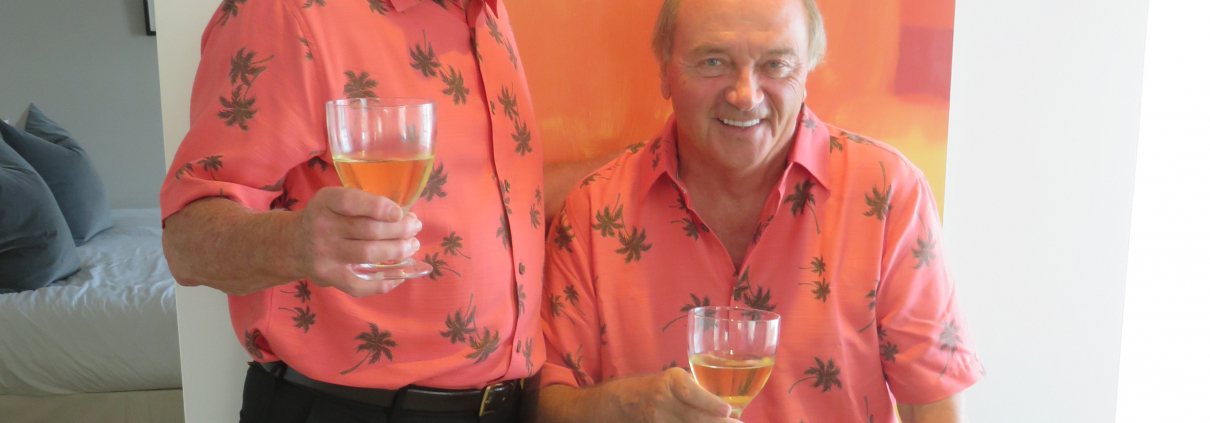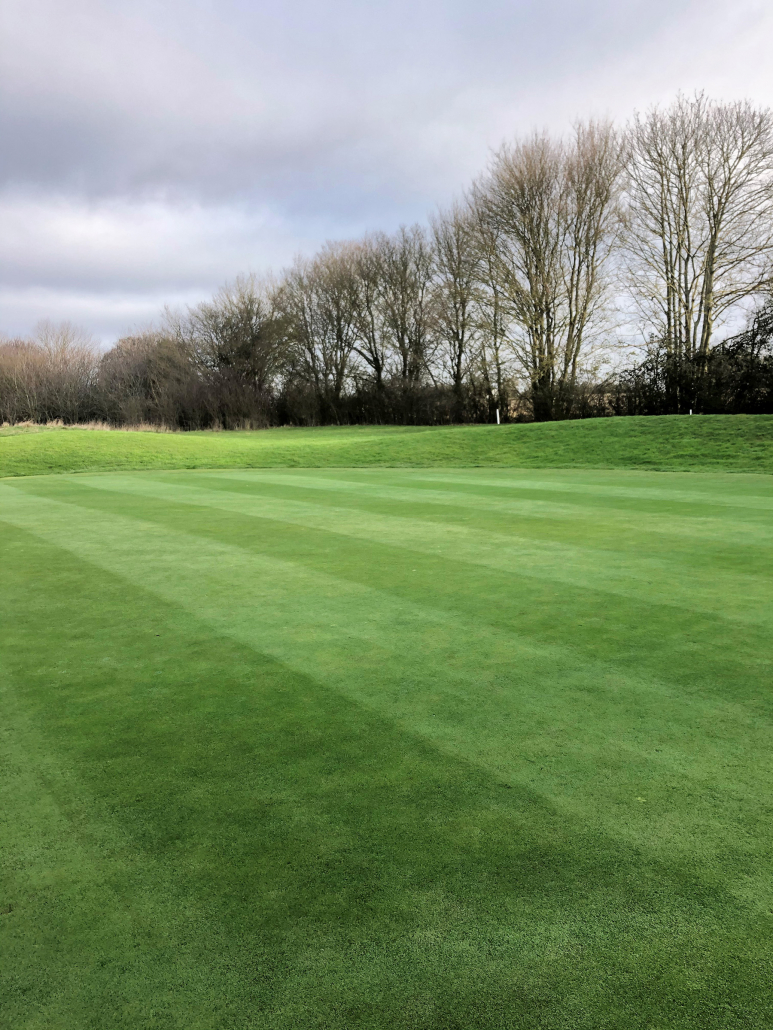The men who made it happen
The men who made it happen: When Malcolm Campbell struck the official first drive to open Dumbarnie Links in early summer it was a proud moment and one that he sometimes felt he wouldn’t be around to see.
Malcolm, a respected golf writer, who had the dubious pleasure of being my boss in the mid 80s, had been the driving force behind the golf course and the man who had experienced first-hand the highs and lows of turning a dream into reality.

The men who made it happen
“We moved to Lower Largo in 1993 and had a disused railway line at the bottom of the garden. One day we walked about a mile along it towards Elie and I came across land that I thought was just waiting to have a golf course built on it. It was all fescue bent on pure sand and you could see where sheep had dug out what could have been old fashioned bunkers,” recalled Malcolm.
In many ways, however, having identified the land for a potentially world class golf course was the easy bit. Who owned the land? Could they be persuaded to turn it over to a golf course? Who would invest the type of money required to build such a course? Would it get through planning? Will the various pressure groups be appeased? Who could design a golf course to fulfil the potential of the land?
That last question was the only one with a straight-forward answer.
Malcolm had long been friends with Clive Clark, the former Ryder Cup player, BBC commentator and award winning golf course architect.
“I visit Clive every year at his home in Palm Springs, California and one evening we were sitting having a gin and tonic and I started telling him about this piece of land. I told him that he’d make a great job of it but that we’d need to find a developer, investors and convince the owner,” explained Malcolm, who had by this stage found out that Lord Balniel, the owner of Balcarnes Estate, was the man who would need to be persuaded.
One might have thought that dangling the carrot of a new Fife links course in front of potential investors would have drawn quite a crowd but Malcolm and Clive found it harder than they had hoped and the initial investor actually pulled out when the project was well into the planning process.
“It then took another year for Clive to put together another group of private investors and we had to start the planning process again from the very beginning.”
Having been persuaded that his land would make a world class golf course, Lord Balniel was on board, even agreeing to free up more land when Malcolm showed him what moving the original site up to some higher ground could offer.
“It was a huge site and from the escarpment the views were incredible stretching all the way from Elie across the Firth to Edinburgh. When I visited it with Lord Balniel he said we could take what we needed. So I went back to Clive and we reappraised the plans and he did a fantastic job on the newly agreed land, with 13 holes looking out to sea and only two holes, the 7th and 17th playing uphill,” explained Malcolm, who had ladled more pressure on his old friend by saying that it needed to be a course ranked in the world’s top 100.
“There was no use just building another golf course. It needs to be ranked in the top 100 to tap into the American market and, let’s face it, if you are going to build a links golf course near St Andrews it would have to be in the top 100 worldwide.”
But judging by the now completed and opened course, neither Malcolm nor Clive need worry. It is stunning and there is one other course somewhere out there, which is going to drop out of that elite listing.
Due to Covid, Clive couldn’t make it over to the grand opening so it was left to Malcolm to play the opening shot but while he was disappointed not to have his old friend there doing the honours Malcolm revealed that they had played many rounds the previous summer, with only minor tweaks being made by Clive along the way.
Malcolm can rest happy that golf course he “discovered” is now being shared by golfers and will be for as long as golf continues to be played.













